Minaret of Jam
Minaret of Jam is a unique well-preserved 12th century minaret located in northwestern Afghanistan. Its height is more than 60 meters. It is the second tallest historic burnt brick minaret in the world after Qutub Minar in Delhi.
.The minaret is famous for its well-preserved artistic murals that include penmanship, geometric designs and beautifully written verses of the Quran.
.In 2002, the Jama Minaret and the adjacent unexplored site was inscribed as a UNESCO World Heritage Site.
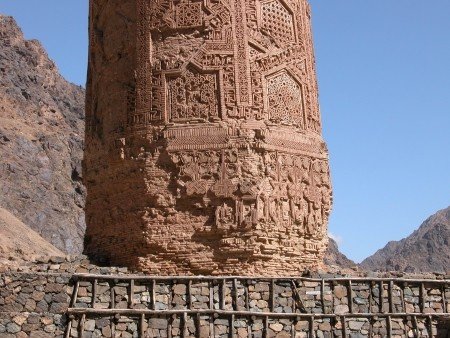
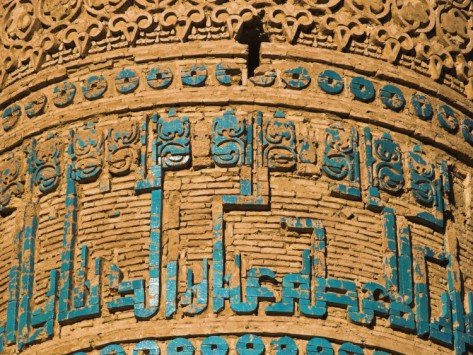
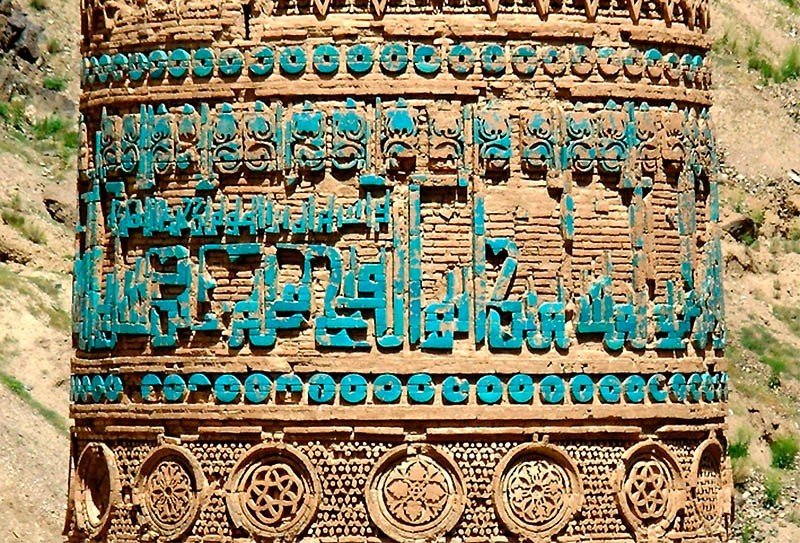
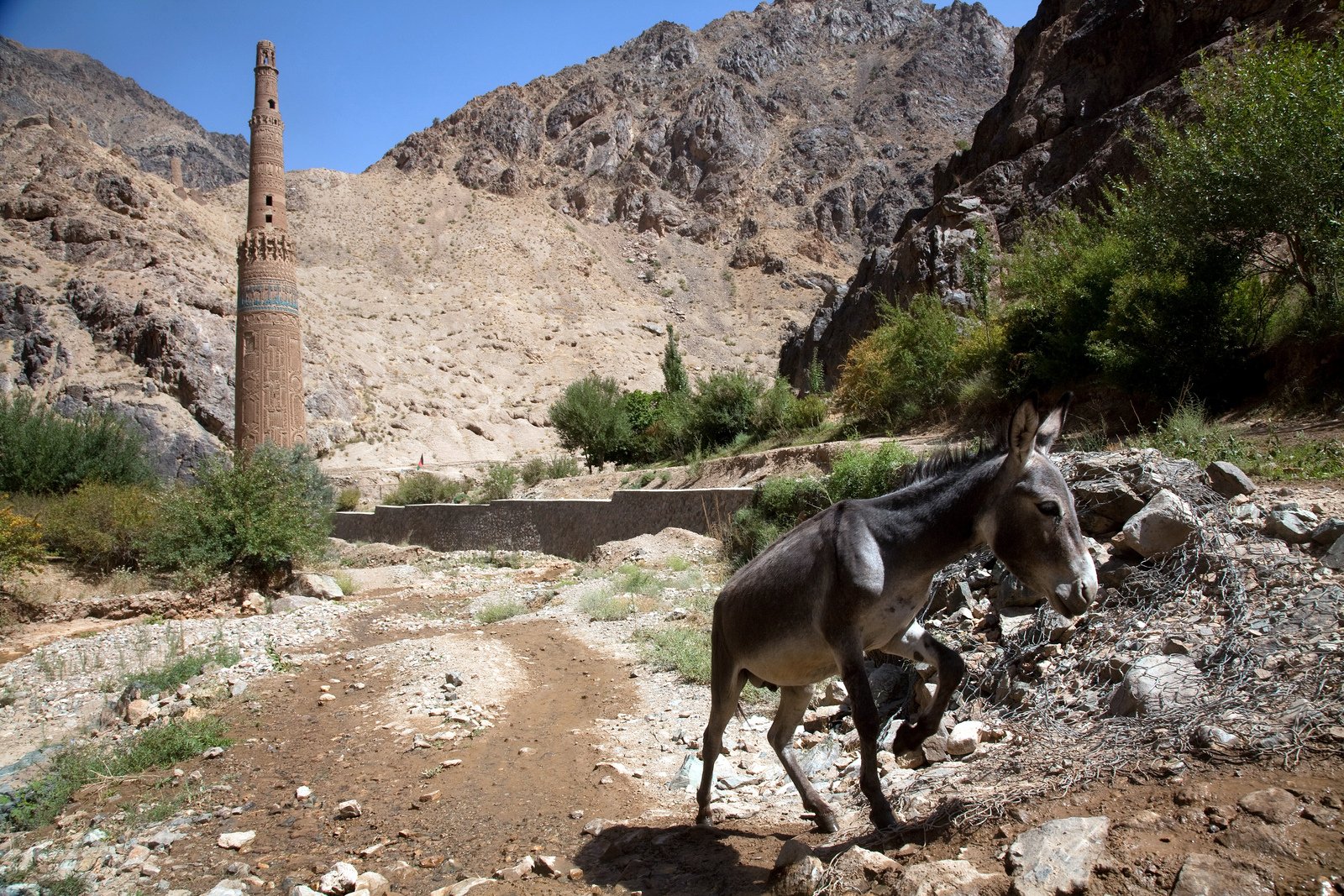
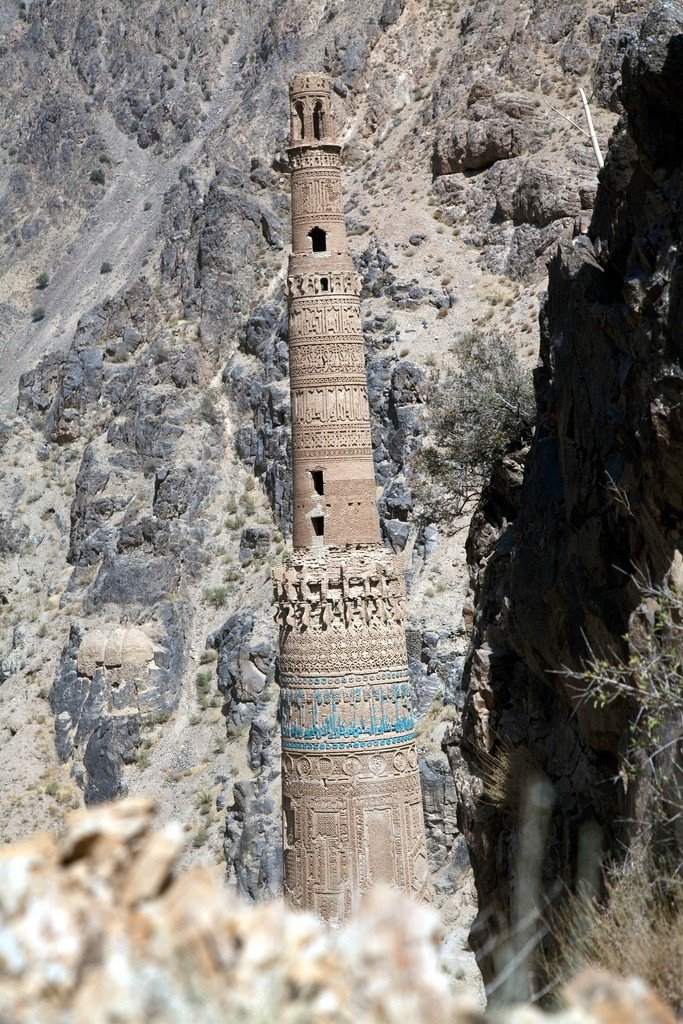
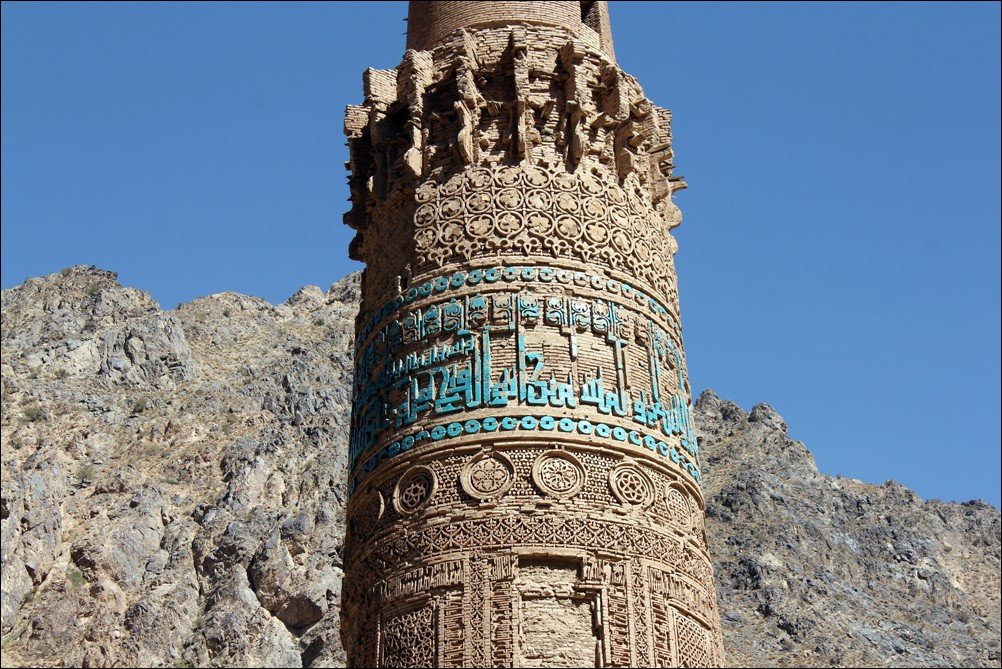
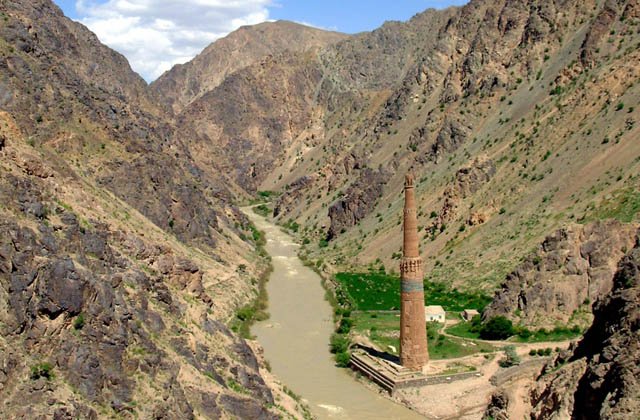
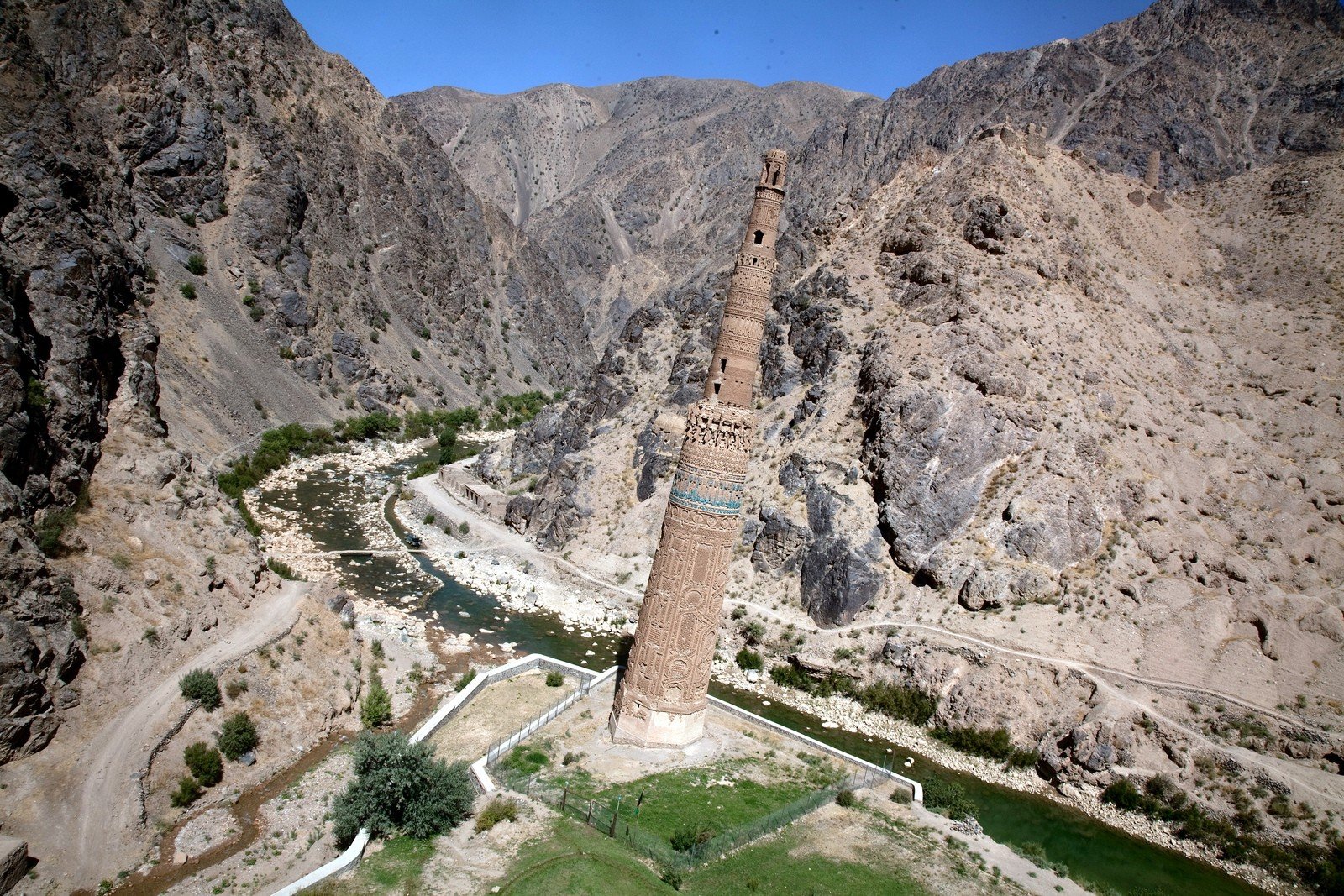
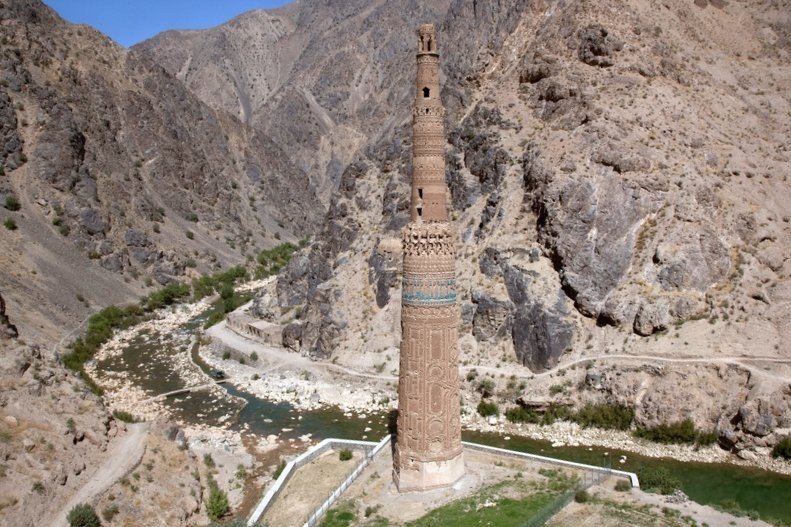
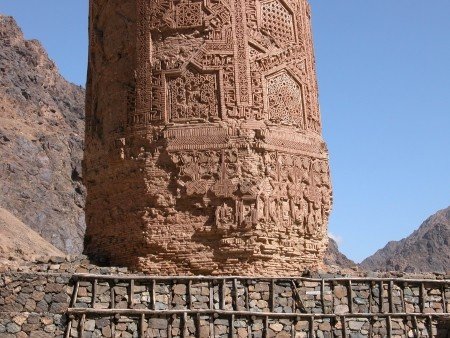
History
The minaret was built in 1194 by Guridian Sultan Giyaz-ad-Din to commemorate the final victory over the Ghaznavids in 1192
.At the end of XII – beginning of XIII centuries, the Gurids began to lose their influence (the Khorezm Empire took the lead) and in 1222 the city of Firuzkuh was completely destroyed by Genghis Khan’s army. Even the very place where the city stood was forgotten, until in 1886 it was reported by an Englishman working in Afghanistan. However, this report too was ignored, and it was not until 1958 that the world first heard of the minaret from French archaeologist André Maric.
.
Archaeological expeditions undertaken until 1978 yielded few results due to the inaccessibility of the excavation area, but it can be assumed that in the sands beneath the minaret still rest the almost untouched remains of the once shining capital of the Gurids, the ancient Firouzkouh.
.To date, thorough scientific research on the historical monument is not conducted. The fact is that the place where the minaret is located – difficult to access and unstable because of the political situation. Floods and earthquakes also pose a danger to the minaret.
